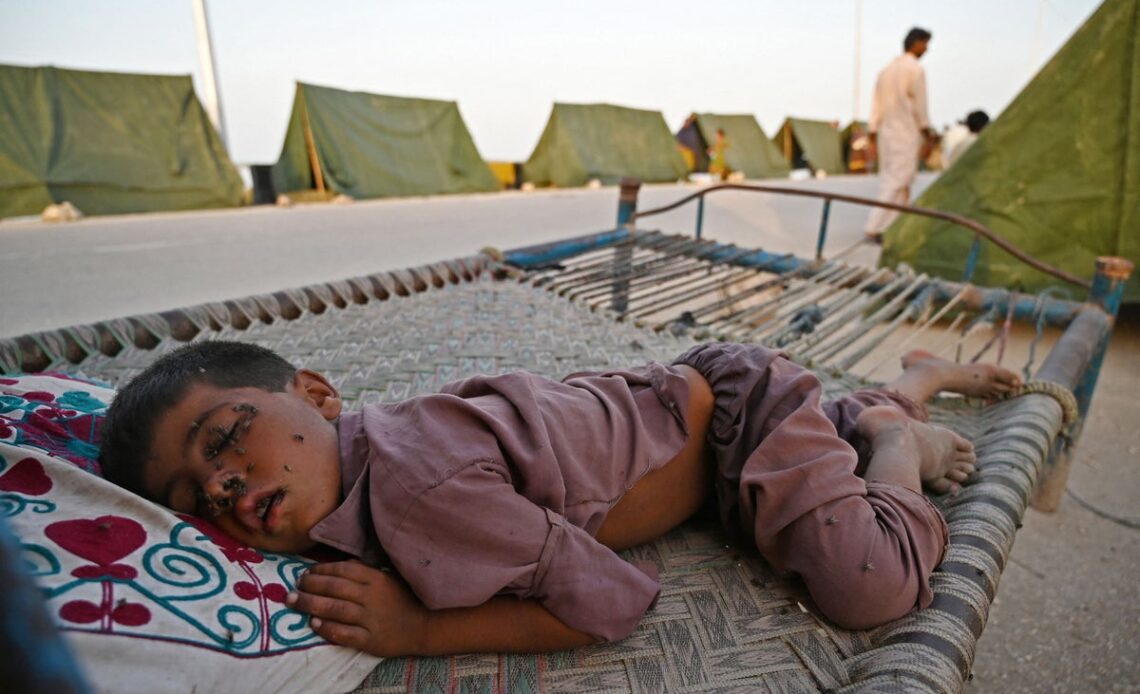Hungry children surviving by drinking contaminated water, pregnant women waiting for treatment in relief camps and elderly people unable to find life-saving medicines – these are some of the heartbreaking scenes described by the volunteers helping millions of victims of the catastrophic floods in Pakistan.
Speaking to The Independent, those struggling to help at the epicentre of the disaster rued the miniscule amount of aid received so far compared to the massive scale of the crisis the vulnerable South Asian nation is suffering.
Official figures say the climate crisis-induced disaster has led to hundreds of thousands being forced from their homes with estimated losses of about $30bn, according to the Pakistan government, and disruption to the lives of over 33 million – one in seven Pakistanis.
The death toll has continued to rise steadily after crossing 1,300 at the start of this week as the rain keeps falling. The number of people injured has risen from 1,500 to over 12,700 and the number of homes damaged or destroyed from 1 million to 1.6 million.
But these numbers scarcely reflect the full scale of the crisis, according to the individual doctors and local organisations who have started setting up their own hospitals and aid camps in the absence of a coherent official response.
The floodings have led to an outbreak of waterborne diseases such as cholera, malaria and dengue along with snake bites, as many communities have no choice but to live in stagnant waters.
“Pakistan is facing only the beginning of another wave of health-related crisis as people are basically forced to drink contaminated water from open sources, which has already resulted in thousands of cases of diarrhoea, skin and other diseases,” Arif Jabbar Khan, country director of WaterAid in Pakistan, told The Independent.
He added: “Malaria cases are rising so fast that that in one district, health officials said they have run out of capacity to even test for the disease let alone treat them.”
Access to food and medical supplies has been almost entirely blocked in interior regions, where facilities were already scarce. Medical care has been in short supply in almost all areas with 432 facilities destroyed and 1,028 partially damaged.
Flood-damaged or overflowing toilets as well as broken and unprotected water sources have exposed people to a litany of diseases, the doctors said.
“I have never seen so many cases of diarrhoea, dengue, skin diseases and eye infections,” said…
Click Here to Read the Full Original Article at The Independent Travel…
